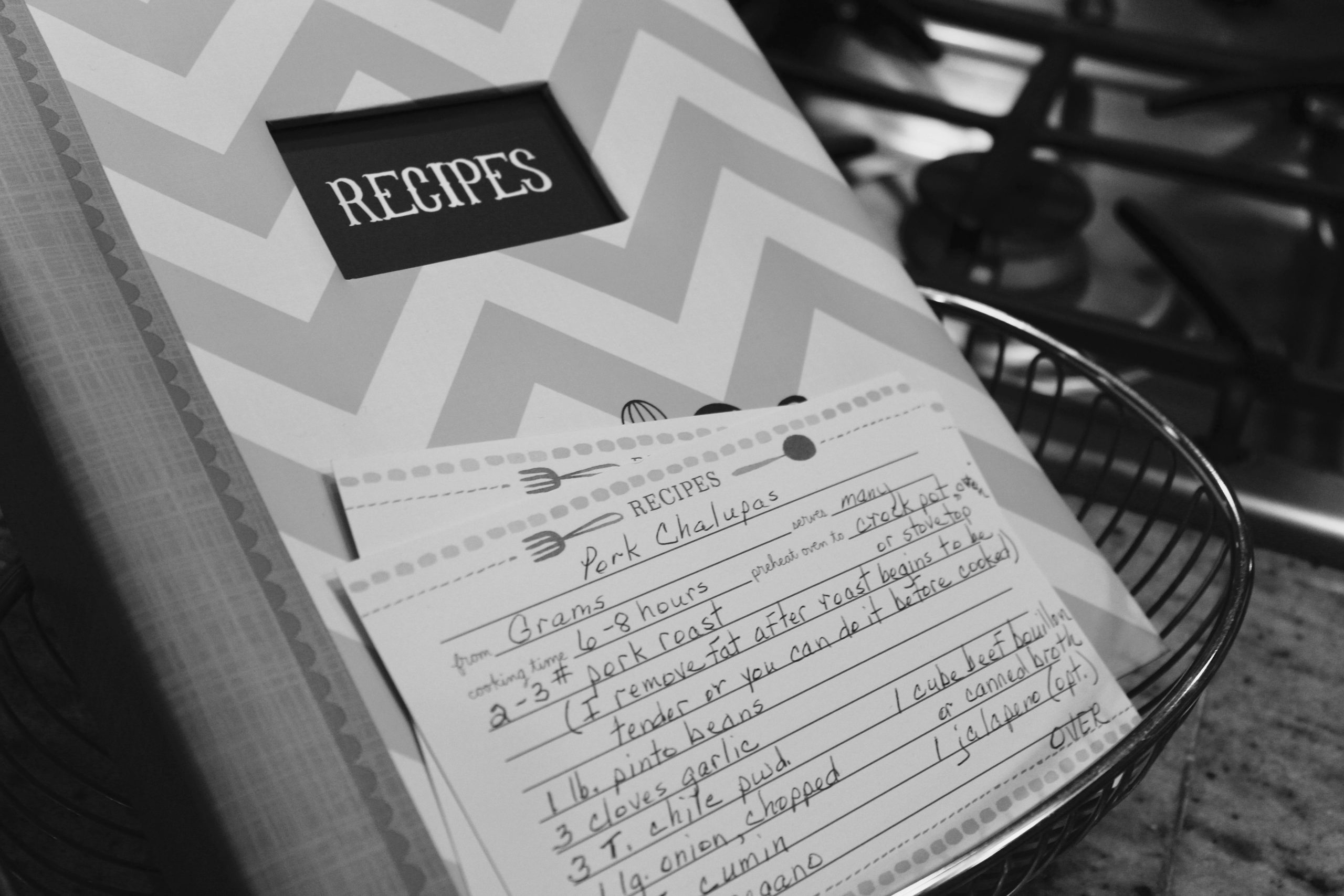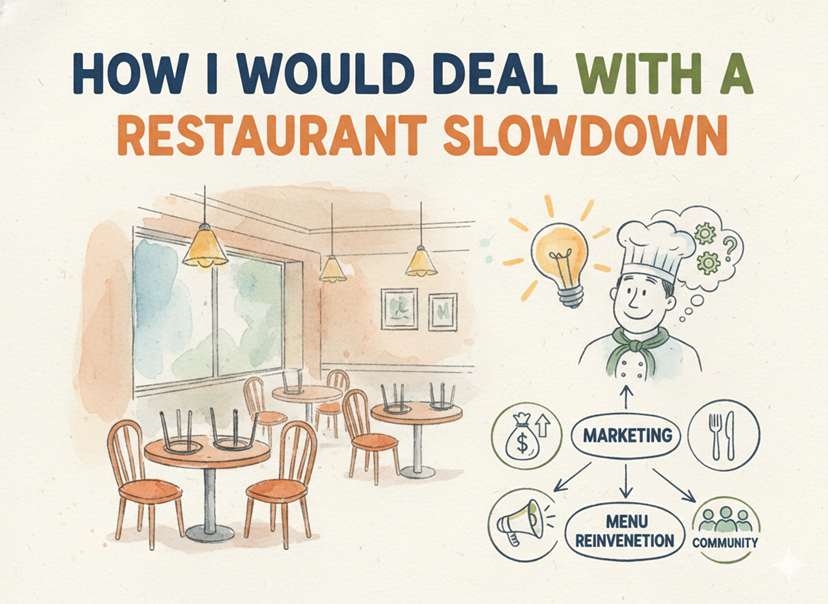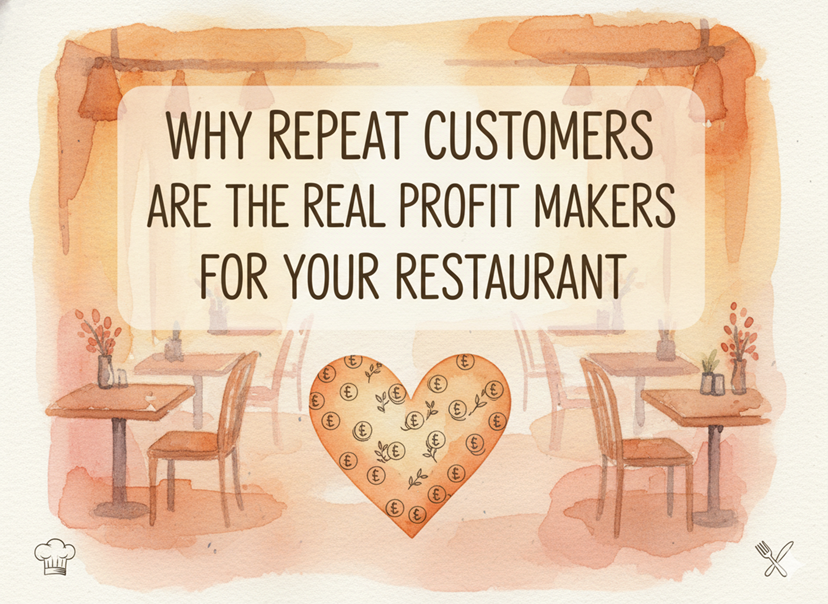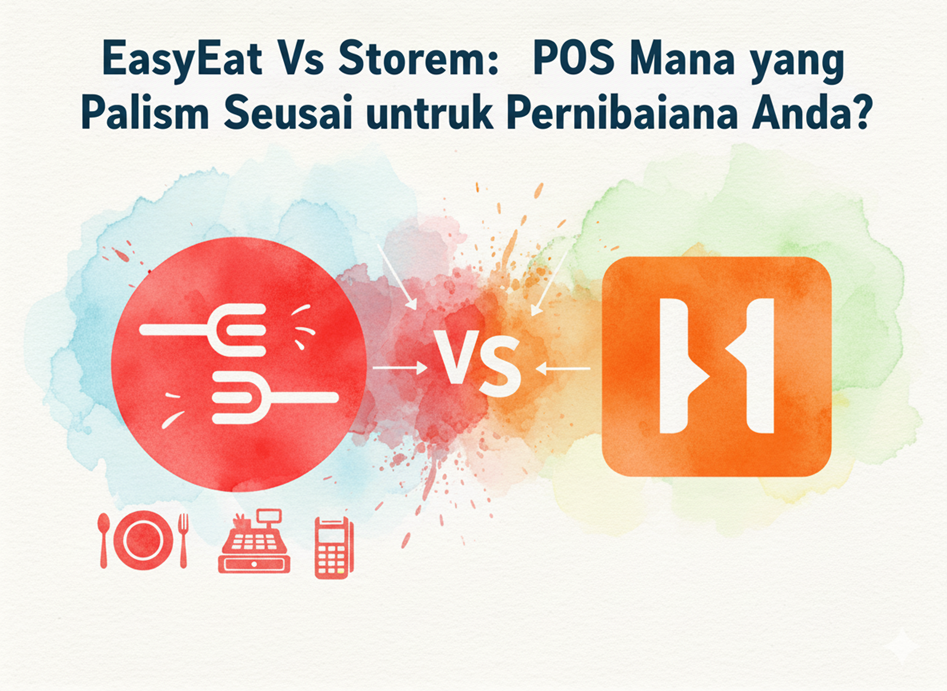If you want to keep your food business profitable, you need to know exactly how much it costs to prepare each dish on your menu. This is where recipe costing comes in. It helps you understand the cost of every ingredient used in a dish and ensures that you are charging the right price to make a profit. If you want to know how you can use recipe costing to improve the profit margins in your restaurant then read more.
What Is Recipe Costing?
Recipe costing is the process of calculating the cost of each dish on your recipes menu. It includes the cost of all ingredients, portion sizes, and any additional expenses like packaging or garnishing. Knowing your total recipe cost allows you to price your dishes correctly and avoid losing money.
Why Is Recipe Costing Important?
Many food businesses fail because they don’t track their costs properly. You may think you are making a profit, but without accurate recipe food cost calculations, you could be selling dishes at a loss.
A study by Datassential found that ingredient costs can fluctuate by 5-10% within a few months, impacting profitability if not tracked. If you don’t calculate food costs regularly, price increases from suppliers can eat into your earnings without you realizing it.
By calculating food cost for a recipe, you can:
- Set the right prices – Ensure your menu prices cover costs and leave room for profit.
- Reduce waste – Identify expensive ingredients and control portion sizes.
- Improve profitability – Track cost changes and adjust prices accordingly.
- Stay competitive – Offer great value while maintaining a good profit margin.
How to Do Recipe Costing
Doing recipe costing might seem complicated, but breaking it down into steps makes it easier.
1. List All Ingredients
Write down every ingredient used in a dish. Even small items like salt, oil, and garnishes should be included. If you forget these, your cost calculations won’t be accurate.
2. Determine the Cost of Each Ingredient
Check your supplier invoices to find out how much you pay for each ingredient. If you buy in bulk, calculate the cost per unit. For example, if you buy 10kg of chicken for RM200, the cost per kg is RM20.
3. Measure Ingredient Usage
Figure out how much of each ingredient goes into one serving of a dish. If a pasta dish uses 200g of pasta and you buy a 5kg pack for RM50, then the cost per serving is RM2.
4. Add All Costs Together
Once you know the cost of each ingredient per serving, add them up to get the total recipe cost. If the ingredients for a dish add up to RM10, that is your base food cost.
5. Include Additional Costs
Ingredient costs aren’t the only expense. Factor in packaging, garnishes, and preparation costs. If you use special sauce packaging that costs RM0.50 per dish, add that to the total cost.
6. Set the Right Price
A common pricing method is using a food cost percentage. If you want your recipe food cost to be 30% of the menu price, divide the total cost by 0.3. For example, if a dish costs RM10 to make, its price should be RM33.33 to maintain a 30% food cost percentage.
Using Recipe Management Software for Accurate Costing
Doing these calculations manually can take a lot of time, especially if you have a large menu. A recipe management software like EasyEat can help you in managing the recipes in your restaurant. Whenever your chefs will use ingredients to make a dish, they will be automatically deducted from the inventory and will be updated in the system. Recipe Management system automates the process and keeps your costing up to date.
With software, you can:
- Automatically update ingredient prices when suppliers change their rates.
- Get detailed cost reports to see which dishes are most profitable.
- Standardize recipes to ensure consistent portion sizes and costs.
How Often Should You Update Recipe Costing?
Ingredient prices change frequently, so updating recipe costing once a month is a good practice. If supplier prices fluctuate often, consider checking costs weekly. Regular updates help you adjust menu prices before you start losing money.
The Impact of Not Tracking Recipe Costs
If you don’t calculate food costs properly, you might find yourself in a situation where popular dishes bring in high sales but little to no profit. For example, if your bestselling burger costs RM15 to make but you’re selling it for RM16, you’re making only RM1 per order. After overhead costs, you could actually be losing money.
A report from the Malaysian Foodservice Association states that over 60% of food businesses close within the first three years, often due to poor cost control. Keeping track of recipe costing can help you avoid this problem.
Recipe costing is not just about knowing how much a dish costs to make. It’s about setting the right prices, managing expenses, and ensuring that your business stays profitable. By using a recipe management software for restaurant operations, you can automate the process and make informed pricing decisions. Keeping track of total recipe cost regularly will help you run a successful food business.
FAQ
- What is recipe costing in food service?
Recipe costing is the process of calculating the total cost of all ingredients used to prepare a dish. It helps in setting the right menu prices and managing expenses. - How do you calculate recipe food cost?
To calculate food cost for a recipe, list all ingredients, determine their cost per unit, measure the amount used in one serving, and add everything together. Then, include additional costs like packaging or garnishing. - How does recipe costing help in pricing a recipe?
Recipe costing ensures that menu prices cover ingredient costs and other expenses while leaving room for profit. It helps you price dishes correctly to avoid selling at a loss. - What is the best recipe management software for restaurant businesses?
The best recipe management software automates cost tracking, updates ingredient prices, and generates cost reports. Choosing software that integrates with your supplier data can save time and improve accuracy.




